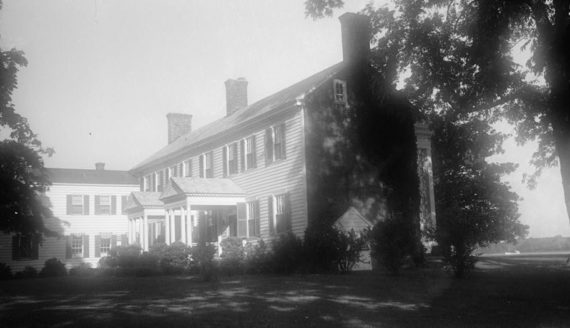
One of the ironies that plague the proponents of the “South is about slavery and slavery is about the South” school of history is the lack of knowledge we possess regarding the everyday lives and social interactions of the majority of black Southerners, slave and free, who lived south of the Mason and Dixon. We are thus left with some illusions regarding slavery rather than the reality of the thing itself as lived by white, black and red, free and slave. The popular imagination tends to associate slavery with vast cotton plantations worked by hundreds of slaves. The experience of most slaves, however, was on small plantations and farms where five to eight slaves resided and worked side by side with their white masters. Historians have relied upon the records in state archives and university libraries which are weighted toward larger plantations, legislation regarding slavery, and state court cases.
This “top down approach,” as Mr. Mariner terms it, does reveal a great deal about certain aspects of slavery and slave society, but it also distorts. One example of this distortion occurs in Kenneth Stampp’s “classic” work on slavery, The Peculiar Institution. Stampp relied heavily upon the manuscript collections in Southern archives, the vast majority of which originated from large plantations. This excluded about fifty percent of those slaves who lived on smaller plantations and farms, as well as the ten percent of those slaves who lived in urban areas, and perhaps another five to ten percent of slaves whose labor was rented out. Gene Genovese’s, Roll, Jordan Roll offered a much needed correction to Stampp’s plantation as concentration camp thesis. Genovese found a more complex interaction between slave and master, but Genovese’s work also suffered from the same difficulty regarding the narrow range of sources.
More @ The Abbeville Institute

No comments:
Post a Comment